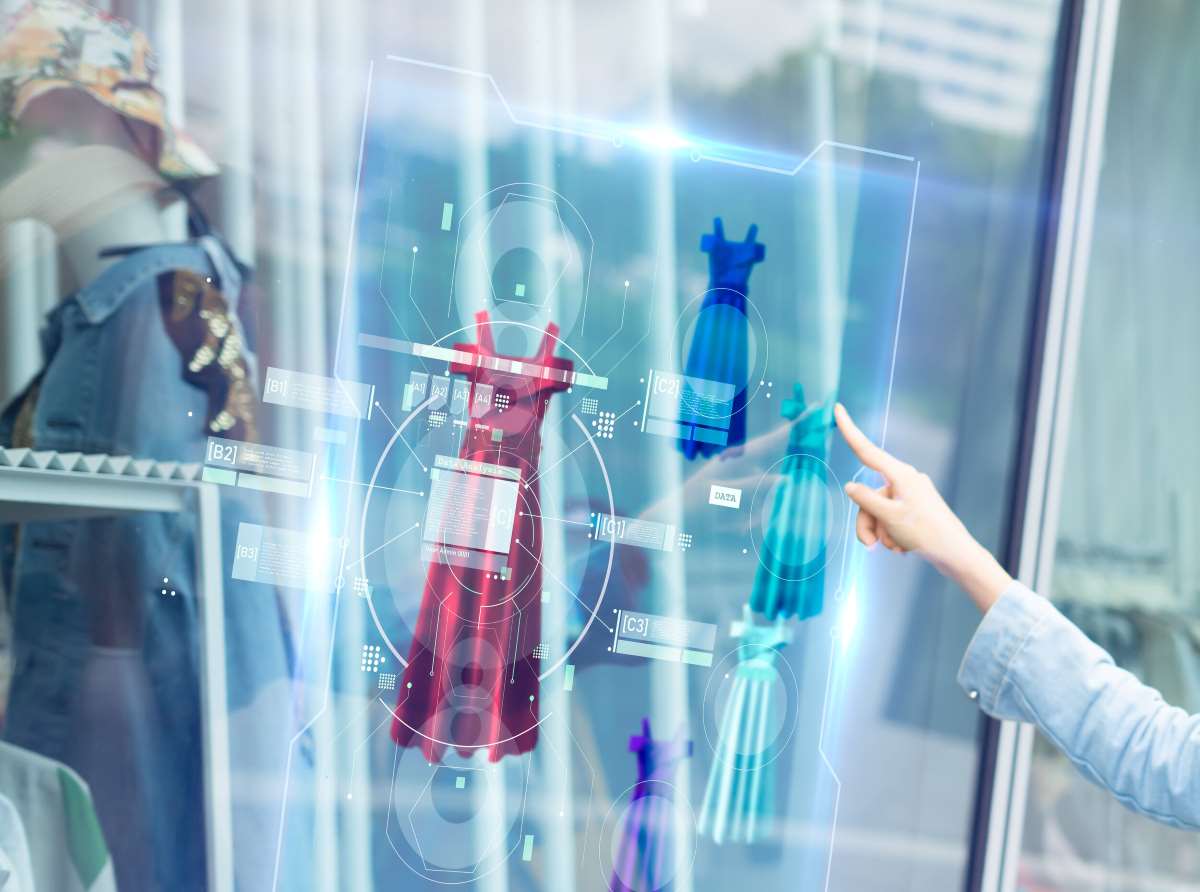Thought leadership leads to product leadership, which helps meet any company's anticipated growth path and adjacent future ambitions if the industry were to become a more tech-led innovative hub over time.
At the outset, we are happy to state that in these precarious times of democratized fashion, there is a great tech upgrade against the backdrop of the fashion industry, which is no longer cold on shunning its outdated product development (PD) ways as we move ahead.
Today, what echoes unequivocally is the value unlocking of any brand on the back of smart product development backed by supportive favourable technology is the new fashion dispensation, synchronizing and guiding teams to work impeccably to turn around in any bullish consumer sentiment bucket and deliver clothes that hit the bullseye of what customers aspire and desire and also create aspirational incremental northward demand, giving legs to growth.
Here's how tech is redefining fashion PD:
It is quite sanguine that the thesis of the day is that technology helps designers get more nuanced and truly know the customer pulse, as in knowing customers inside-out, and it won't be an overstatement of what makes their customers tick, and hopefully, we ain't entirely wrong.
What can be a designer's gold mine? By analyzing buying habits and preferences, crafting curative clothes that resonate deeply, and building capabilities to deepen customer engagement, creating a customer wow factor.
Learning from Every Stitch: Every design, a hit or miss, holds valuable lessons. Tech allows the industry to analyze past collections and adapt to ever-evolving trends. This "learn-by-doing" approach keeps fashion dynamic and responsive to what customers want.
Seamless Workflows: The modern PD process is a smoothly running machine. Each step, from brainstorming to production, seamlessly connects with the next. Tech streamlines communication and collaboration, crushing delays and roadblocks.
Enthusiastically iterating here is that living in the digital era is the story of the day. Unarguably, technology in action, resulting in the visibility of software like CLO 3D and Optitex, are absolute game-changers for any product development. With the least doubt, this heightened toolkit is available at the disposal of designers to create digital garment prototypes instead of relying on physical samples.
As mentioned earlier, it saves time, resources, and money, but more importantly, it allows for faster intervention and typically greater room for experimentation, giving way to more creative and innovative designs.
In a nutshell, the sector is transitioning, and no doubt that technology is giving fashion a much-needed upgrade with no sense of deja vu. By streamlining the process and giving designers a deeper understanding of their customers, pupil-dilating disruptive technology is paving the way for a brighter, more successful future for the fashion industry.
The naysayers are always there for any new wave of technology; it is an opportunity that, if we handle it carefully, can be a game-changer as there is always a flip side to technology, so to say, two sides to any argument.
Technology's embrace and, in turn, its influence on fashion have unboxed a treasure trove of incredible advantages, ranging from personalized experiences to eco-conscious practices and efficient production, just to mention a few. The short point is alongside these advancements lies a flip side too.
Over-technological dependence can overtake traditional craftsmanship, dwarfing the value of handcrafted pieces and thus threatening the existence of time-honored techniques, practices, and cultural diversity in fashion, the sacred cow in fashion.
Something that does not augur well is that 'Job market disruption' is something that is a real threat that can't be entirely ruled out considering that, automation and AI might replace human workers within the industry, more so in areas or regions excessively reliant on fashion production, potentially exacerbating unemployment, displacement, and giving rise to economic imbalance & disperity.
Another argument going against the sector embracing technology is the irrational exuberance of excessive consumerism, given that technology is the primary mover having infectious influence and spread of trends, and promoting a throwaway clothing toxic culture, adding to the already notorious claim of the fashion tag of a heavy environment polluter.
The syndrome called Fashion must not stay behind"Catching the imagination of millennials, or GenX and GenY, are likes of wearable tech, and smart textiles raise privacy concerns around data collection and related potential surveillance, growing concerns flagged by the experts as layout.".
Realistic questions and worries regarding data ownership, user consent, and security breaches demand careful consideration all the time.
The noise and clamor keep getting louder around the concern that unequal access to technology and digital literacy skills can only broaden and deepen the socioeconomic chasm within the fashion industry as things are poised.
A spot of concern as the production of tech components adds to the industry's already heavy environmental footprint is an area that has not gotten the attention it deserves, as a back-of-the-envelope calculation underlines the greater need for sustainable practices throughout the entire fashion ecosystem.
Disclaimer: Weighing and laying out some of these growing concerns can take the sails out of the technology winds if not addressed in perspective.
Use Technology to Fly Better: A revelation
The narrative we are making is that every tech cycle has leadership, and technology only keeps surprising us every single day, putting our best foot forward.
The spirit of "Celebrating industry's achievements," so to speak, the uberization underpinning the revolutionary progress of technology is overwhelming and is well-echoed by the broad-based applications we have started to experience and witness in the apparel and fashion space.
In hindsight, in a lighter vein, if we had a choice, we would have done it yesterday.
The advent of emerging technologies' steady adoption coupled with apt adaptability, and the advancements and inroads they made in the fashion space are no less than remarkable.
Technology is an incremental improver that functions as a torchbearer, paving a way forward to help fashion transition from conventional space to the new age, coming meeting the expectations of evolving consumers in the changing landscape. To be fair to the industry, caution is the watchword to incentivize the sector to navigate the imponderables.
As a stated goal in the spirit of a safe and liveable planet, sustainability gets rooted or embedded in fashion. For the trade to win, the entire ecosystem has to have mindfulness and a deep commitment to inclusivity, sustainability, and ethical and responsible good practices.
It is the moment when technology is optimistically shaping a brighter future for the fashion industry at a different stage in the spirit of co-creation, complying with the regulations of the day.



